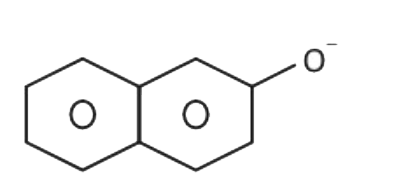How it was made possible to observe the complex structures of cell ?
Step-by-Step Solution:
1. Understanding the Size of Cells:
- Cells are extremely small and cannot be observed with the naked eye. They are considered nano-organic materials, meaning they are on a nanometer scale.
2. Need for Specialized Equipment:
- To observe such tiny structures, a regular light microscope is insufficient. Therefore, specialized equipment is required.
3. Introduction of the Electron Microscope:
- The device that allows us to observe the complex structures of cells is called an electron microscope. This instrument uses electrons instead of light to magnify the image of the cell.
4. Working Principle:
- The electron microscope employs high-power lenses to focus electron beams, which can achieve much higher resolutions than light microscopes. This allows for a detailed view of the internal structures of cells.
5. Historical Context:
- The electron microscope was invented in 1931 by scientists Ernst Ruska and Max Knoll. Their invention revolutionized the field of biology by enabling scientists to observe living cells in great detail.
6. Impact on Biology:
- The ability to observe cells and their structures has significantly advanced our understanding of biology, allowing researchers to study cellular processes and structures that were previously invisible.
- Cells are extremely small and cannot be observed with the naked eye. They are considered nano-organic materials, meaning they are on a nanometer scale.
- To observe such tiny structures, a regular light microscope is insufficient. Therefore, specialized equipment is required.
- The device that allows us to observe the complex structures of cells is called an electron microscope. This instrument uses electrons instead of light to magnify the image of the cell.
- The electron microscope employs high-power lenses to focus electron beams, which can achieve much higher resolutions than light microscopes. This allows for a detailed view of the internal structures of cells.
- The electron microscope was invented in 1931 by scientists Ernst Ruska and Max Knoll. Their invention revolutionized the field of biology by enabling scientists to observe living cells in great detail.
- The ability to observe cells and their structures has significantly advanced our understanding of biology, allowing researchers to study cellular processes and structures that were previously invisible.
Topper's Solved these Questions
Similar Questions
Knowledge Check
- Question 1 - Select One
Synaptonemal complex is a structure of
AcytokinesisBterminalisationCchromosomal dysfunctionDchromosomal pairing - Question 2 - Select One
On analysis of a protein chain , it was found that it is made up of just a peptide bond. The possible structure of the protein is its
Aprimary structure.Bsecondary structure.Ctertiary structure.Dquaternary structure. - Question 3 - Select One
How many isomers are possible for an octahedral complex of the type MA2B2C2 ?
A3B4C5D6
How many resonating structures are possible for the following structure (including the given structure)?
 View Solution
View SolutionHow many isomers are possible for the complex [Ir(CO)Cl(PPh3)2]?
View SolutionThe complex tissues are made up of
View SolutionHow many isomers are possible for the complex [Co(en)2Cl2](en=ethylene diamine )
View SolutionHow may structural isomers are possible are possible for a complex consisting of Co3+ as the central metal ion, two en molecules, two CI− ions one NO−2 ion ?
View Solution


